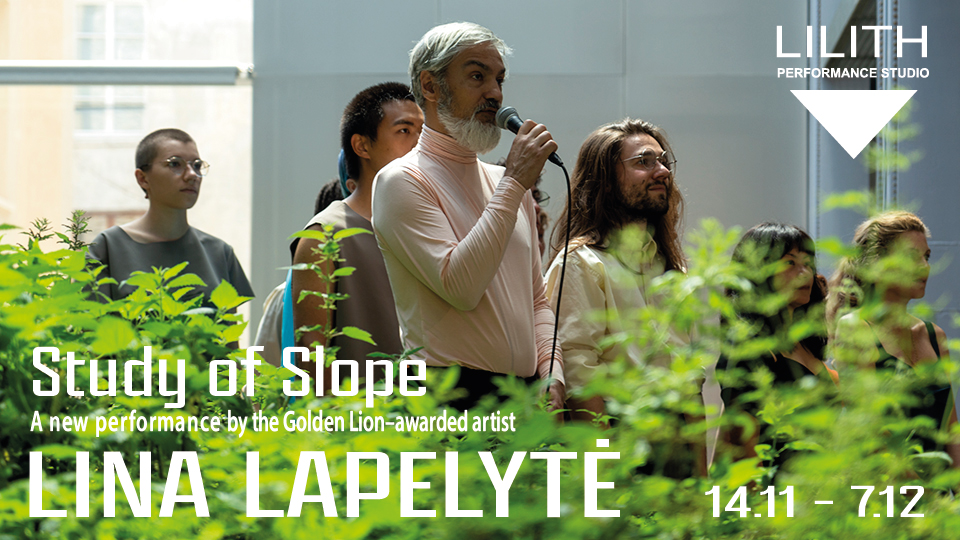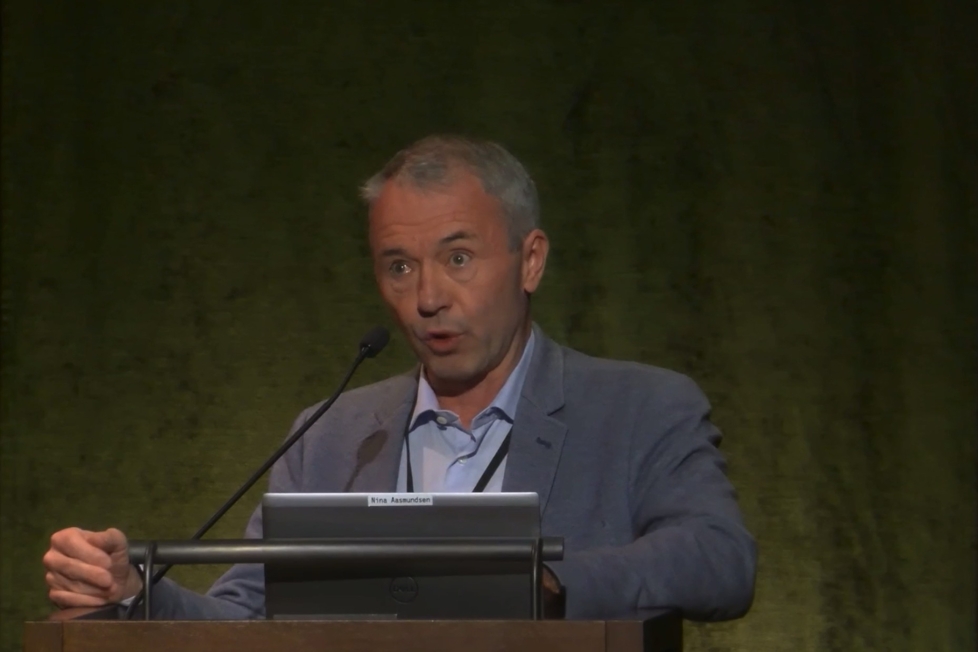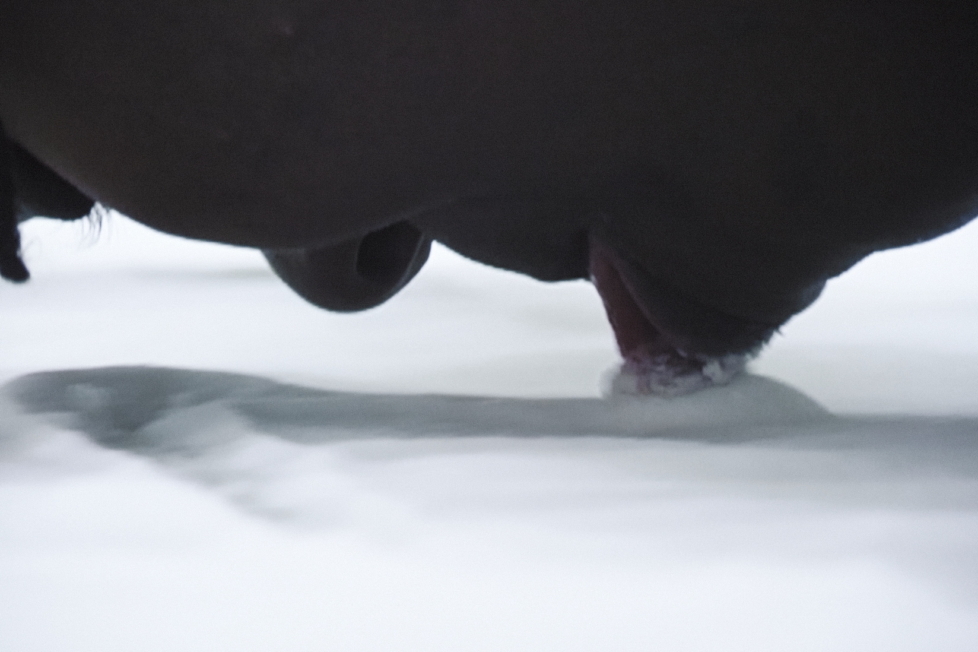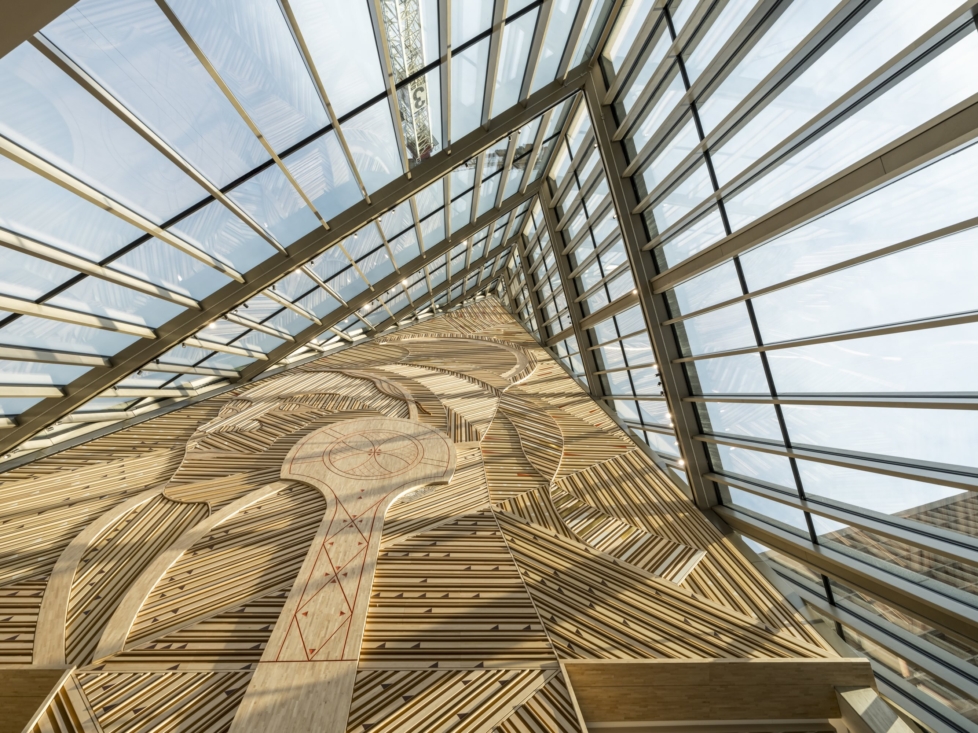Vilka var årets mest intressanta utställningar, händelser och publikationer 2014? I Kunstkritikks julkalender sammanfattar Kunstkritikks egna skribenter och inbjudna gäster konståret 2014. Nummer 5 är Stefanie Hessler som är en frilansande curator och skribent från Tyskland. Hessler är bosatt i Stockholm där hon driver Andquestionmark tillsammans med Carsten Höller. Hon är en av curatorerna för nästa års Momentum i Moss, och arbetar parallellt med en utställning för Museum of Modern Art i Recife, Brasilien.
EXHIBITIONS
Honorary mention: Ed Atkins at Kunsthalle Zurich and Ragnar Kjartansson at TBA21–Augarten in Vienna.
Events
Honorary mention: Europa, Europa by The Knife.
Publications
|
|
Michael Pollan in The New Yorker & Oliver Sacks in The New York Review of Books.
Two thought-provoking articles that should be read together discuss different ways of looking at intelligence, consciousness and the mind: Michael Pollan’s «The Intelligent Plant» in The New Yorker and Oliver Sacks’ «The Mental Life of Plants and Worms, Among Others» in The New York Review of Books. Michael Pollan, who states that declaring plants to be intelligent beings has long been an easy way to be labeled a «whacko», has written an extensive article on plant neurobiology. The term is somewhat misleading, since it sounds as if scientists in the field believe that plants have neurons and brains. The reality is even better: plants can process information and adjust their behavior – meaning they can «learn» – even without having brains. Pollan discusses this scientific controversy while asserting that plants are agents of their own faith and display some kind of awareness of their environment. What makes it difficult for us to attribute consciousness to them is the drastic difference in the speed of their movements compared to our own. Pollan’s experiments are therefore shown as videos in time lapse, such as the one above displaying two bean plants competing for a pole to attach to. Both are casting their offshoots like fishing rods towards the pole, and after the first one latches onto it, the second one retreats in defeat. Pollan further argues that this research can also benefit ecological agriculture, as chemicals can be used to cause plants to set off defense mechanisms and thereby reduce the need for pesticides. Oliver Sacks reviews nine books spanning 130 years – from Charles Darwin to Herbert Spencer Jennings to Eric Kandel – that examine the mental life of different species. Mind and consciousness might be strong words, but Sacks convincingly writes that insects, amoeba, etc., are not robots with built-in and programmed behavior, but organisms that can learn and remember. Darwin’s last book from 1881, a study of the earthworm, indicated that worms can distinguish between light and dark, and that their ability to respond to stimuli is proof of the presence of a mind. Referring to Herbert Spencer Jennings’ assertion in his book Behavior of the Lower Organisms from 1906, Sacks writes that we humans are reluctant to attribute qualities of mind to amoeba mainly because they are so small. If they were larger, a beautifully cartoonish idea, we would identify with them just as we do with dogs when ascribing to them states of pain, hunger and pleasure. Compiling ideas and research from the fields of the senses, mind and behaviorism, Sacks’ article makes us think of other species’ consciousness in new and different ways. Video: http://www.newyorker.com/tech/elements/video-do-bean-plants-show-intelligence |
||



















Diskussion